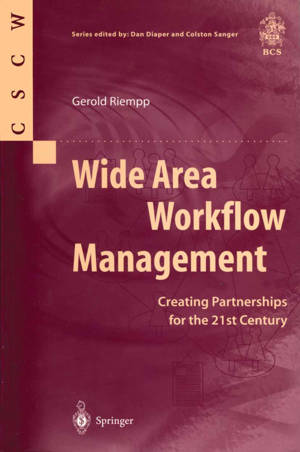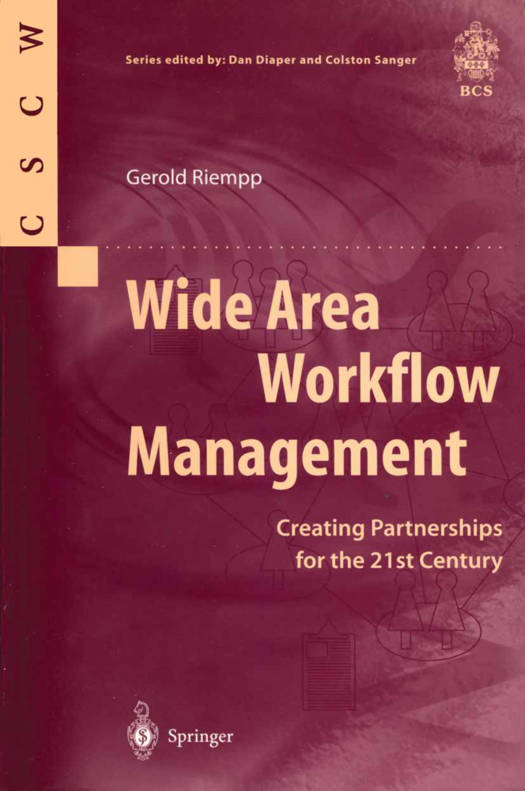
- Retrait gratuit dans votre magasin Club
- 7.000.000 titres dans notre catalogue
- Payer en toute sécurité
- Toujours un magasin près de chez vous
- Retrait gratuit dans votre magasin Club
- 7.000.0000 titres dans notre catalogue
- Payer en toute sécurité
- Toujours un magasin près de chez vous
52,95 €
+ 105 points
Description
In this volume Gerold Riempp examines the interaction of different workflow management systems (WFMS) in geographically-distributed and legally-separate organisations. This is an emerging field of research known as Wide Area Workflow Management (WAWM). He examines the technical and managerial aspects of workflow management via a framework which he has developed to describe the problems involved in WAWM and to find viable solutions. Based on this theoretical framework, the author also develops a prototype software framework - the Wide Area GroupFlow System - to demonstrate the solutions via practical software tools. The tools will be available to the reader via the WWW. Also included are the results of case studies from some of the 15 developers who have been using this software over the past two years.
Spécifications
Parties prenantes
- Auteur(s) :
- Editeur:
Contenu
- Nombre de pages :
- 318
- Langue:
- Anglais
- Collection :
Caractéristiques
- EAN:
- 9783540762430
- Date de parution :
- 12-08-98
- Format:
- Livre broché
- Format numérique:
- Trade paperback (VS)
- Dimensions :
- 156 mm x 234 mm
- Poids :
- 471 g

Les avis
Nous publions uniquement les avis qui respectent les conditions requises. Consultez nos conditions pour les avis.






